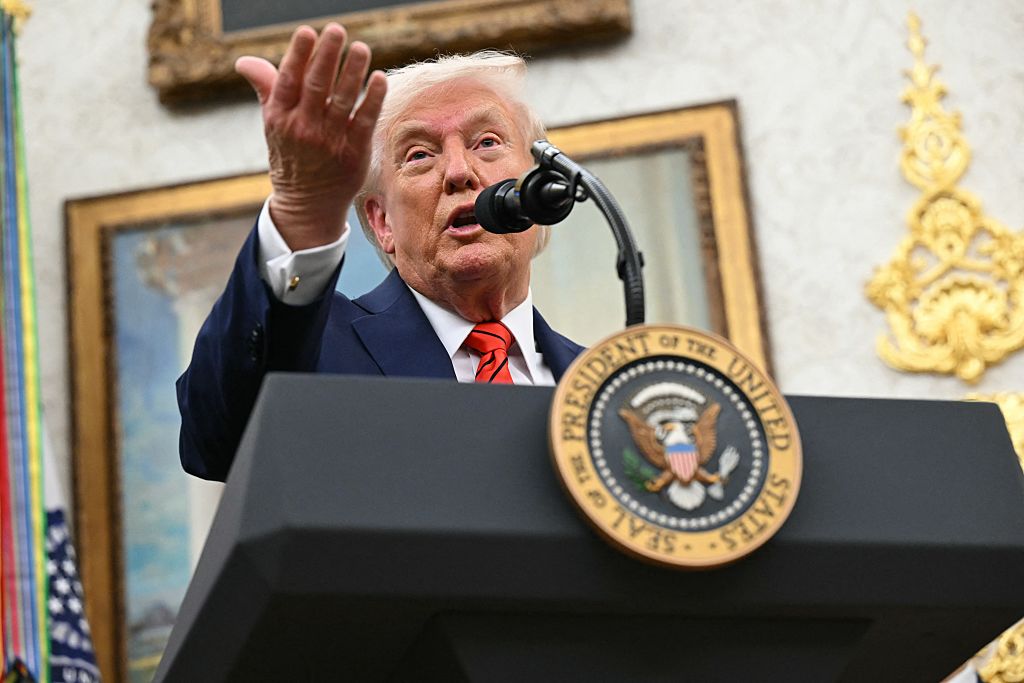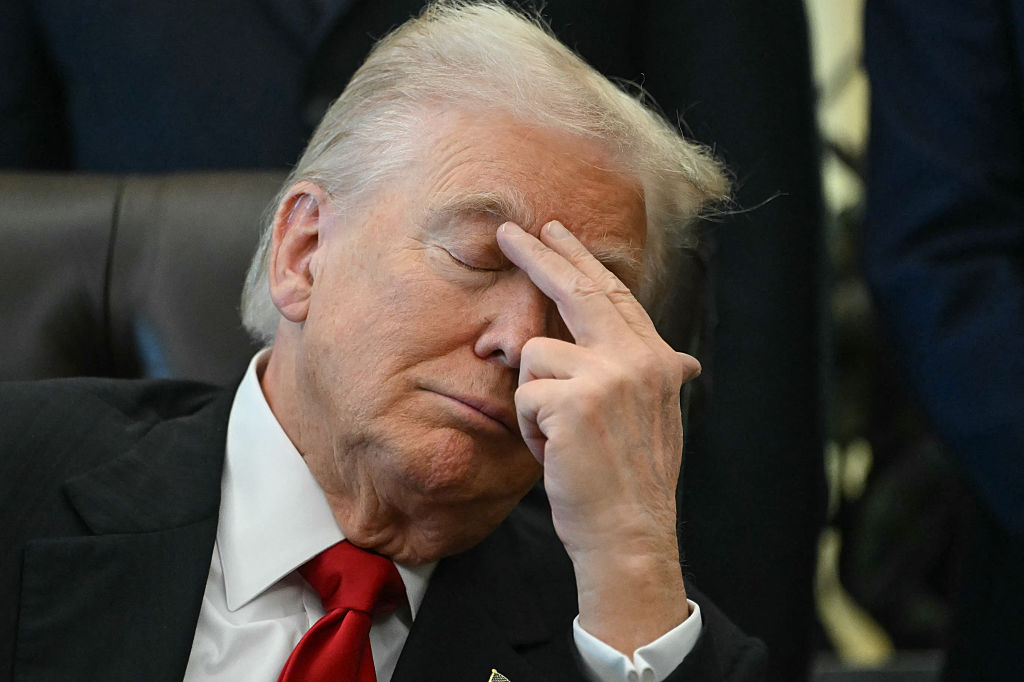Notionally, Americans have never been better off. The ructions in tech stocks over the past few weeks cannot detract from the fact that the US economy has been outgunning other developed economies all century.
The overall graph of real disposable income for Americans continues to trend upward, almost as if the sharp dip during the pandemic had not happened. That is certainly not true everywhere: in many countries, Covid has been followed by stagnation in GDP and wages. Yet, for all the wealth generated, many Americans simply do not feel that they are living in a thriving country. On the things that really matter, such as basic living costs, citizens at the lower end of the income scale feel their wages are increasingly inadequate.
They are not imagining it. Figures from the Bureau of Labor Statistics show, for example, that the cost of staple goods in New York City – where a Democratic socialist has just been elected mayor – has outstripped wages since 2021. Rent, food, recreation: all are less affordable now than four years ago, and there has certainly been no relief in the past 12 months. Just about the only basic service which has not outstripped wages in New York is healthcare, but that may soon change.
A surge in global food and energy prices afflicted the entire world after the pandemic as supply chains recovered from disruption; in the US, which has unashamedly championed a policy of national energy security over cuts to carbon emissions, and done so under several different presidents, the effect was very much less drastic than in climate-change-driven Europe.
Donald Trump has made driving down energy prices one of the core missions of his presidency. Yet some of the blame for higher prices can be laid at Trump’s door. His imposition of increasingly higher tariffs on most imports has raised extra tax revenue without a direct cost to US citizens, but not without an indirect cost, which is inflation running at 3 percent over the past 12 months. Nor have tariff wars achieved their principal objective: to preserve industrial jobs. While the US economy continues to create jobs at an impressive rate, manufacturing is the exception in having shed 78,000 payrolled jobs in the year to August. On the other hand – and ironically, given the President’s efforts to shrink federal government – the overall number of government jobs has increased by 138,000.
On the back of the rising cost of living came a six-week government shutdown. It is one thing to champion smaller government, quite another to provoke a situation where, for example, planes cannot take off because air traffic controllers are not being paid. However great the waste that needs to be trimmed, government needs to function. Again, Trump should not take the entire blame for the shutdown – Democratic posturing was arguably more responsible. But many will see him at fault whether he likes it or not. When you advocate combative politics, you must expect the other side to play the same game.
Trump may want to wave away the victory of a left-wing mayoral candidate in a liberal-minded city full of Democrat activists – even if it is his own city. His political heartland lies elsewhere, in the Rust Belt and in Midwestern states. But he would be ill-advised to dismiss a mayoral election which was won and lost over the cost of living – and well-advised to pay close attention to the easy Democratic victories on November 3. In Virginia and New Jersey, as in New York, candidates campaigned on “affordability” and were handsomely rewarded with large majorities. The greatest argument for capitalism is that it works in practice, not just in the minds of idealists. But ordinary people in ordinary jobs must be able to imagine a world in which it is possible for them to be able to better themselves with their monthly paychecks. If they are to be retained as supporters of capitalism, there must be a means by which they can acquire capital. If voters feel they are going backward, then the vaulting success of the stock market or the tech sector can feel like an insult.
The rising cost of living is not an argument for confiscatory socialist policies such as wealth taxes, nor for interventionist measures such as rent controls. These have been tried in many countries and have failed every time.
But there is another failed interventionist policy which is partly responsible for the pain that is being felt by many households: punitive tariffs on imported goods. And while Trump’s proposal for a $2,000 tariff “dividend” for every American (excluding high-net worth individuals) might help mitigate the pain, it’s unlikely to prove popular in the long term if American manufacturing does not start to thrive dramatically.
The President has proved wrong all those who predicted economic Armageddon. The economy has continued to grow. But he seems largely to have ignored the fact that manufacturing businesses are themselves consumers of imported materials and components. Place punitive tariffs on those and you drive up their costs.
The arguments between free traders and protectionists have become old and stale. But it’s foolish for the Trump administration to pretend that it can impose radically high “surcharges,” as it prefers to call them, on imports without hurting American businesses and consumers. As Bridget Phetasy notes, the Biden administration made the great mistake of insisting to voters that inflation was “transitory” when it was not. It would be a grave mistake for Trump 2.0 to repeat the error.
This article was originally published in The Spectator’s November 24, 2025 World edition.


























Leave a Reply